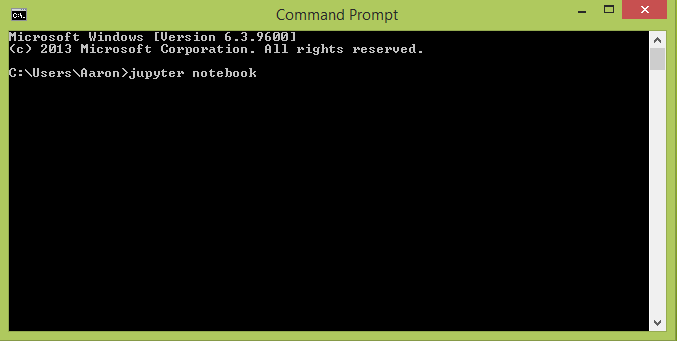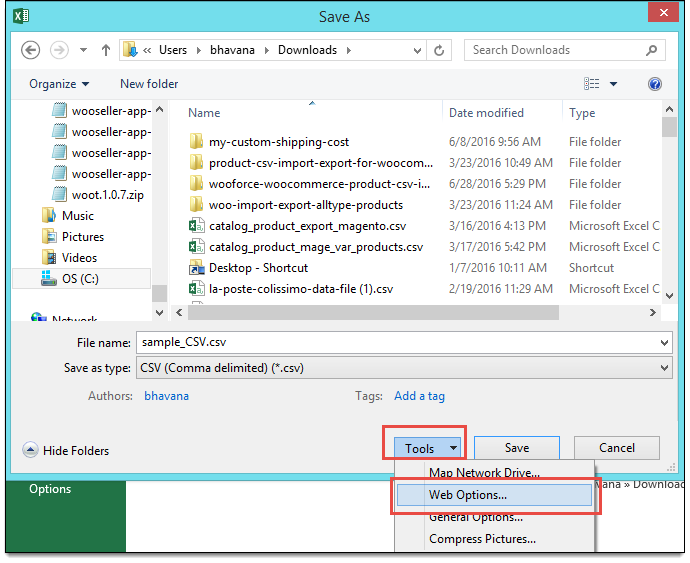Download pandora app for mac free. Play the songs, albums, playlists and podcasts you love on the all-new Pandora. Explore subscription plans to stream ad-free and on-demand. Listen on your mobile phone, desktop, TV.
The latest version of Jupyter Notebook Viewer is 0.1 on Mac Informer. It is a perfect match for Webmaster in the Developer Tools category. The app is developed by Tino Wagner.

A Jupyter notebook is a combination of code and results. The results are often binary blobs (like png images), and unsuitale for storing in a version control system like Subversion of Git. By converting Notebook scripts to pure Python code, the essence of the notebook may be stored in a version control system, without archiving any of the results. This book is for data science professionals who want to master various tasks related to Jupyter to create efficient, easy-to-share, scientific applications. The book starts with recipes on installing and running the Jupyter Notebook system on various platforms and configuring the various packages that can be used with it. Jupyter Notebook Interface¶ The Jupyter Notebook interface is a Web-based application for authoring documents that combine live-code with narrative text, equations and visualizations. Jupyter Notebooks 1.0 for Mac is free to download from our software library. This Mac download was scanned by our antivirus and was rated as virus free. The application lies within Developer Tools, more precisely DB Tools. The actual developer of this free Mac application is Project Jupyter.
Step 1 – Download and Install Anaconda
Go to: https://www.anaconda.com/download/
Click on the download button for the python 3 installer for your browser.
Once the installer has downloaded, double-click on the installer and follow directions to install anaconda on your machine. (You can leave the default install location as is).
You can leave all the settings as default. If by default it says that you cannot install on that disk, select your main disk to install on.
Step 2 – Open Jupyter Notebook
Method 1: Open from the command line –
Open Command Prompt (Windows) or Terminal (Mac). This application will be already on your computer. To find it, simply search your computer (e.g. for Windows press the Windows button then type Command and the Command Prompt application should be found).
In the box that pops up, type the following line:
jupyter notebook [and then press enter]
Jupyter notebook should open in your default web browser.
Method 2: Open from Anaconda Navigator:
Find Anaconda Navigator on your system (e.g. in Mac, type Anaconda into the search bar and press enter).
Install Jupyter On Mac
Click Launch under Jupyter Notebook.
Step 3 – Navigate to where you want to create your notebook

In the browser window that pops up, navigate to the folder where you want to create your notebook.
If you don’t know where to start (and if you left the install defaults as they were), just click on Documents. This will place you in your Documents folder and all your work will be saved there.
Step 4 Create a new notebook
Once you are in the folder you want to create the new notebook, look to the top right. Click the button below the logout button which says New. A menu will drop down and click on Python 3.
Step 5 – Begin coding
Try typing the following in the first box:
print(“Hello World”)
After you’ve typed that click Cell in the menu bar and then click the Run Cells option (or press shift-enter).
If you would like to start working with some of the libraries you have, try importing them. For example type:

import pandas [and then press shift-enter]
It should run and you have successfully import the pandas library and are ready to begin working with pandas. Anaconda has automatically installed a number of libraries (including pandas, numpy, and sklearn) for you to start using.
Step 6 – Save your notebook.
Click on the title of the notebook (Currently it has the title “Untitled“)
Then, within Jupyter menu bar click File and then Save and Checkpoint (or press control-s for Windows or command-s for mac)
The notebook will be saved to the folder you navigated to when you created your notebook. (E.g. if you navigated to Documents, the notebook will be in your documents folder). Note – to reopen the notebook, you need to open Jupyter Notebooks and navigate to your folder again in Jupyter Notebook’s file browser (you can’t simply click on the notebook in your system’s file browser like you would be able to do with another file type like a word document).
Note about Jupyter’s cell types:
Jupyter notebooks can, amongst other things, process text as well as code. If you can run the code, check the kind of cell that you have. If the code simply appears as text, you have a “markdown” cell. Click on the
If you can’t run the code, check the kind of cell that you have. If the code simply appears as text, you have a “markdown” cell. Click on the drop-down menu and change the cell to “code”. You should see “In” and two square brackets to the left of the cell. It will look like this:
In [ ]:
Note about installing other libraries:
Download Jupyter Notebook For Mac
Anaconda comes with a lot of libraries, but if you want more, you open Terminal (for Mac) or Command Prompt (for Windows) and type in the following:
Ipynb Mac
conda install package_name
For example, to install seaborn you would type
conda install seaborn [and then press enter]
Installers often ask for yes/no confirmation, in which case you type:
y [and then press enter]
